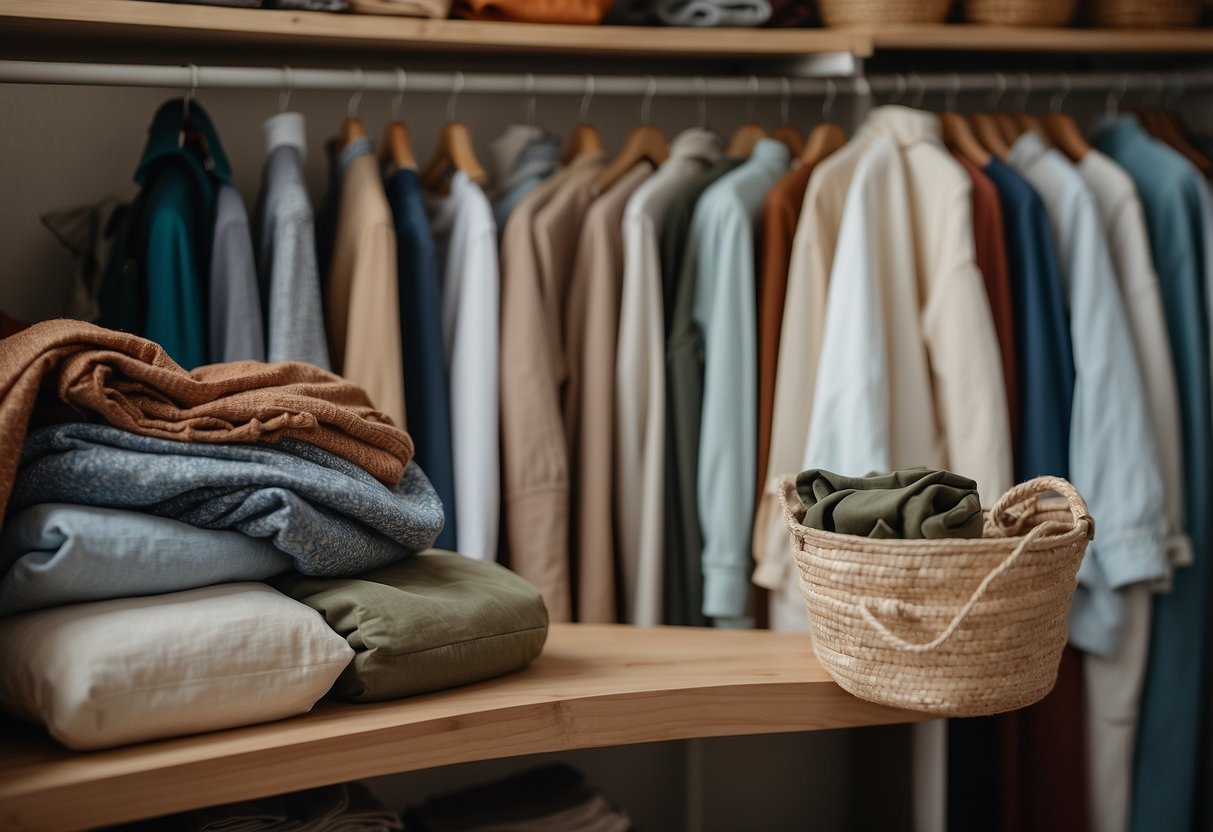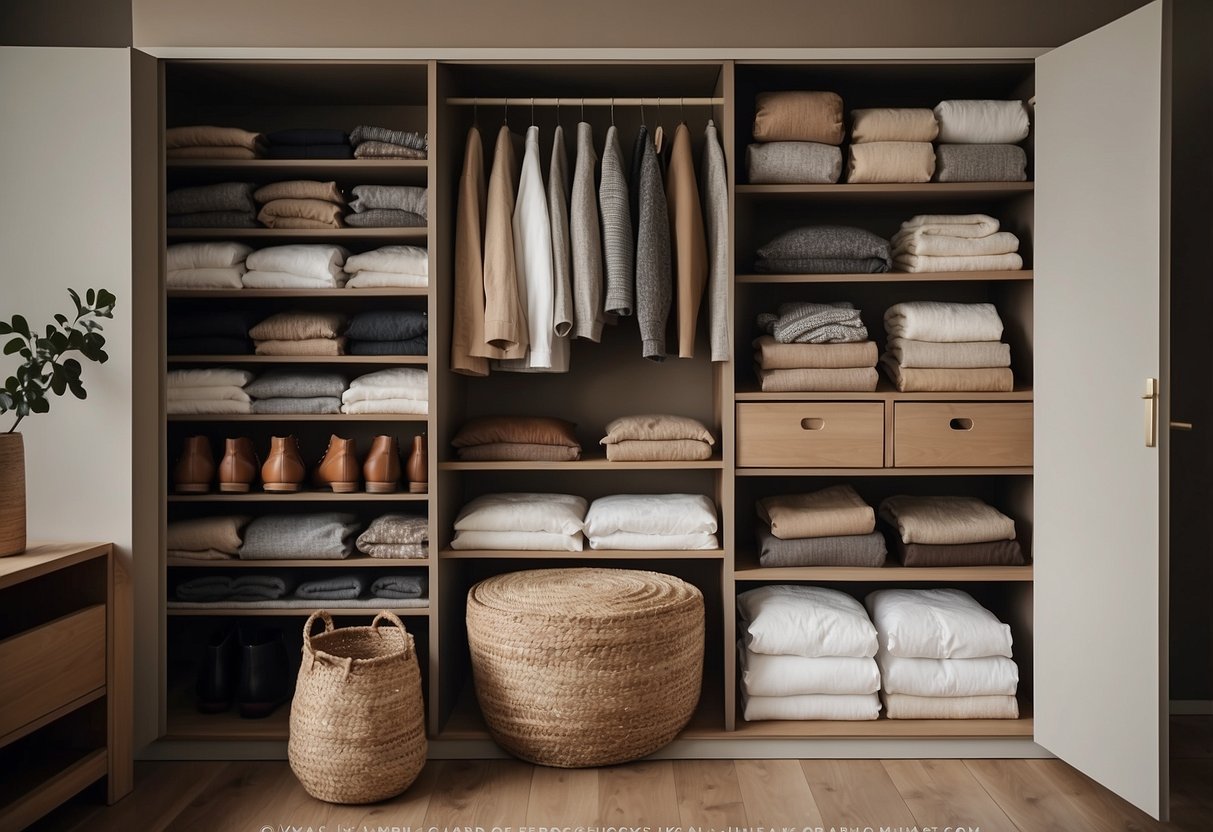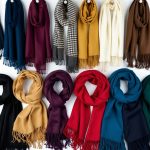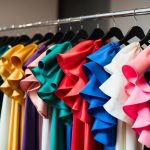
How to Identify Sustainable Fashion Brands
Recognizing sustainable fashion brands involves understanding specific certifications and the level of transparency and ethics a brand maintains. Knowing these aspects can guide consumers towards making more environmentally friendly choices.
Certifications and Standards
Certifications and standards are a reliable way to ensure that a fashion brand is genuinely sustainable. Look for recognized certifications such as GOTS (Global Organic Textile Standard), which ensures the organic status of textiles, and Fair Trade Certified, which emphasizes fair labor practices. Another important certification is OEKO-TEX, which guarantees that textiles are safe from harmful chemicals. Brands with these certifications adhere to strict environmental and social criteria.
Additionally, certifications like the Bluesign standard focus on environmental health and safety throughout the textile manufacturing process. These certifications are often displayed on the brand’s websites or product labels, making them easier to identify.
Brand Transparency and Ethics
Transparency is crucial in determining the sustainability of a fashion brand. Brands that are transparent about their manufacturing processes, supply chains, and labor practices are more likely to be committed to ethical standards. Check if the brand publishes detailed information about their factories, working conditions, and sourcing of materials.
Ethical brands often provide reports on their environmental impact and sustainability efforts. They may also showcase a commitment to reducing waste, using renewable energy, and creating long-lasting products. Reviewing these aspects can help consumers identify brands that genuinely prioritize sustainability over mere greenwashing.
Building a Sustainable Wardrobe

Adopting a sustainable wardrobe involves assessing your current clothing, reducing unnecessary purchases, and selecting versatile, eco-friendly items. This practice helps minimize waste and promotes responsible consumption.
Starting with What You Own
Begin by taking a comprehensive inventory of your existing clothing. This step helps identify what you already have and prevents duplicating items. Arrange your wardrobe by category, such as tops, bottoms, and outerwear.
Assess the condition of each piece. Items in good shape may need minor repairs to extend their lifespan. For example, a missing button can be easily replaced. Donate or recycle what you do not use, ensuring that disposed items are managed responsibly.
Embrace the idea of “shopping your closet.” Create new outfits by mixing and matching what you already have. This approach can make old items feel new again without any additional cost or environmental impact.
Curating Wardrobe Essentials
Focus on building a collection of timeless, high-quality pieces that can be worn in various ways. Consider purchasing items made from sustainable materials like organic cotton, linen, or recycled fabrics. Pay attention to the manufacturing practices of brands, supporting those committed to ethical labor standards.
Opt for classic designs that stay in style over time. For instance, a well-made white shirt, a tailored blazer, or a pair of comfortable jeans are staples that can be dressed up or down. These versatile pieces reduce the need for frequent shopping.
Practice mindful shopping by choosing pieces that truly fit your lifestyle and personal style. Avoid being swayed by fast fashion trends that might not last. Instead, invest in durable items that offer longevity and adaptability, contributing to a more sustainable wardrobe.



